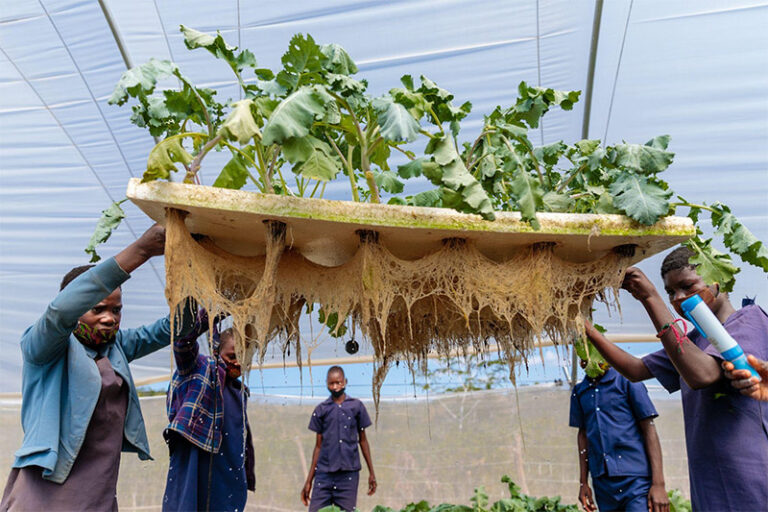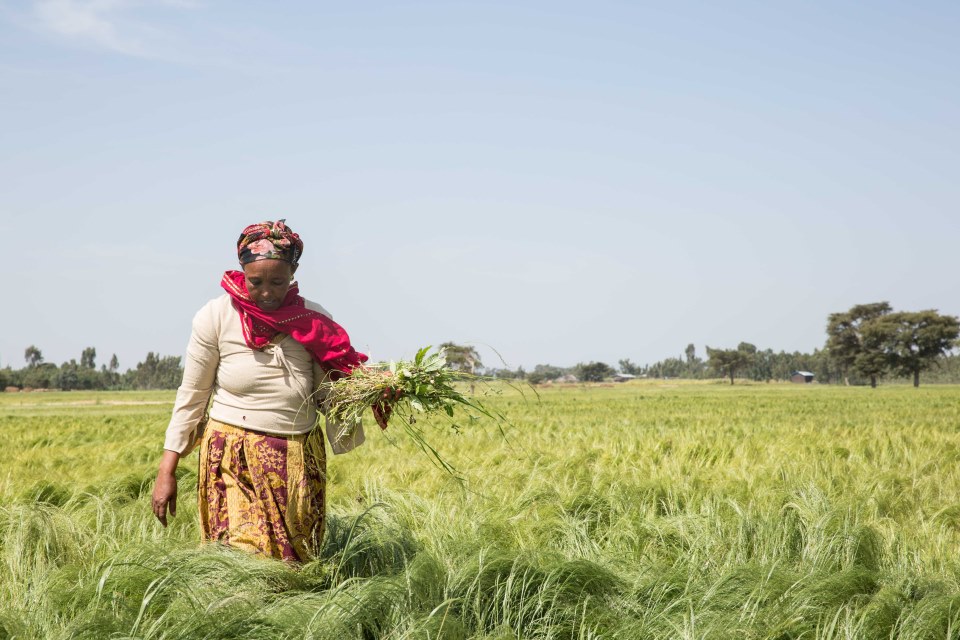Country Spotlight: Lithuania
Taking a closer look at the school feeding program in Lithuania. Blog written by GCNF Staff with support from the Lithuania Global Survey Focal Point, Ieva Gudanavičienė, Advisor, Public Health Department, Health Promotion Division, Ministry of Health of the Republic of Lithuania.
|
|

|
|
A bird's-eye view of Vilnius, the capital of Lithuania.
|
|
|
While some countries have a single school meal program that addresses the needs of one identified population, in Lithuania, during the 2020-2021 school year, three different programs took place reaching over 317,000 pre-, primary, and secondary school students. This number represents an increase in the number of students receiving food from the year before. With a total budget of almost $4.5 million USD, these programs pay special attention not just to the nutritional needs of their students, but also to the country’s environment. In this blog, we’ll dive deeper into the different programs, from who and what is served, to complementary initiatives connected to the feeding program.
Free Meals for Pupils
This school feeding program targets pre-primary school and, initially, grade 1 students. In September of 2021, the Ministry of Health and the Ministry of Social Security and Labor expanded the program to include grade 2. The meals in this program are entirely free, and older pupils are eligible for free lunches dependent on family income. In the summer, students from low-income families have the opportunity to attend summer camps that serve free meals during the day.
|
|

|
|
GCNF looks forward to hosting the next
Global Child Nutrition Forum in 2024.
|
|
Food Systems, Climate Change, and School Meals
On the heels of the UN Food Systems Summit +2 Stocktaking Moment, GCNF wanted to take a closer look at the relationship between food systems, the climate, and school feeding programs. Read the blog below to learn more!
|
|
The Food Systems Challenge
Modern food systems face numerous challenges, including food insecurity, malnutrition, and greenhouse gas emissions. The current model heavily relies on fossil fuels for production, transportation, and processing, contributing significantly to greenhouse gas emissions and climate change. Deforestation and land-use changes for agriculture further exacerbate the problem, releasing more carbon dioxide into the atmosphere. Therefore, in order to form a more resilient and sustainable future, the transformation of food systems is imperative.
School Meal Programs: An Opportunity for Change
School meal programs play a pivotal role in addressing hunger and can also play a key role in addressing climate change. School feeding serves as an essential safety net for vulnerable children, ensuring they receive proper nutrition to support their growth and development. By improving access to nutritious foods, these programs combat malnutrition and improve overall public health.
In addition to reducing hunger, school meal programs contribute to human capacity development by supporting education, reducing hunger, and improving nutrition. They also can be structured to support the agriculture sector and smallholder farmers, create jobs and otherwise contribute to economic growth.
Similarly, school feeding programs can be “climate friendly”, promoting “balanced diets, featuring plant-based foods, such as those based on coarse grains, legumes, fruits and vegetables, nuts and seeds, and animal-sourced food produced in resilient, sustainable and low-GHG emission systems.”[1] Structuring procurement for school meal programs to require or at least favor food that is local, nutritious, and produced sustainably can catalyze innovation and drive needed food system changes.
Innovation in the Dairy Sector
Milk/dairy is a common food source throughout much of the world. According to FAO, “Approximately 150 million households around the globe are engaged in milk production. In most developing countries, milk is produced by smallholders, and milk production contributes to household livelihoods, food security and nutrition. Milk provides relatively quick returns for small-scale producers and is an important source of cash income.” [2]
“Dairy products have a range of nutritional and physical characteristics that make them an almost ideal complementary food” for children[3] and milk is a popular item in school menus: A 2020 survey found that 160 million children across 62 countries benefited from a school milk program - demonstrating this link. And yet milk presents multiple challenges as well, including its shelf life, food safety concerns, the cost of transport and handling of liquid milk, and the impact of livestock on the environment.
The dairy sector has been addressing these challenges. Pasteurization addressed the safety issue, for example, and milk sterilized through the UHT (“ultra-pasteurization”) process has increased the shelf life of packaged liquid milk from a couple of weeks to six to nine months.
In recent years, great strides have been made by the dairy sector to reduce greenhouse gas (GHG) emissions and become a leader in the fight against climate change. From 2005-2015, North America increased milk production while reducing absolute GHG emissions, making the region’s GHG intensity for dairy products the lowest in the world. By 2017, a gallon of milk required 30% less water, 21% less land, and had a 19% smaller carbon footprint. Although this data represents just a single region, the successes seen in North America may be a path forward for other regions of the world.
In the face of climate change and its profound implications for food security, school meal programs present a unique opportunity to lead the charge toward sustainable food systems transformation. By prioritizing nutritious, climate-friendly meals produced locally and sustainably, schools can reduce their carbon footprint and inspire the next generation of environmentally-conscious citizens. As we invest in the well-being of our children and the future of our planet, collective efforts to reimagine the food systems around school meal programs can drive us closer to a more resilient and sustainable world for all.
|
|
In case you missed it
- From BBC News: a story on the Kenyan school feeding program - the largest subsidized school meal program in Africa! Go to 9:41 to listen to the whole story ➡️https://www.bbc.co.uk/programmes/p0fy8v82
- Congratulations to Mary's Meals for being awarded Spain's Princess of Asturias award! First awarded in 1986, the award is aimed at recognizing the work of defending and advancing human rights, as well as promoting and protecting peace, freedom, solidarity, world heritage and, in general, the progress of humanity.
- Don't forget to mark your calendars
- August 9 - International Day of the World's Indigenous Peoples
- August 12 - World Youth Day
- August 19 - World Humanitarian Day
|
|
|
In Benin, a student sits down for lunch at a primary school outside of Cotonou.
|
|
|
|
|



















No comment yet, add your voice below!